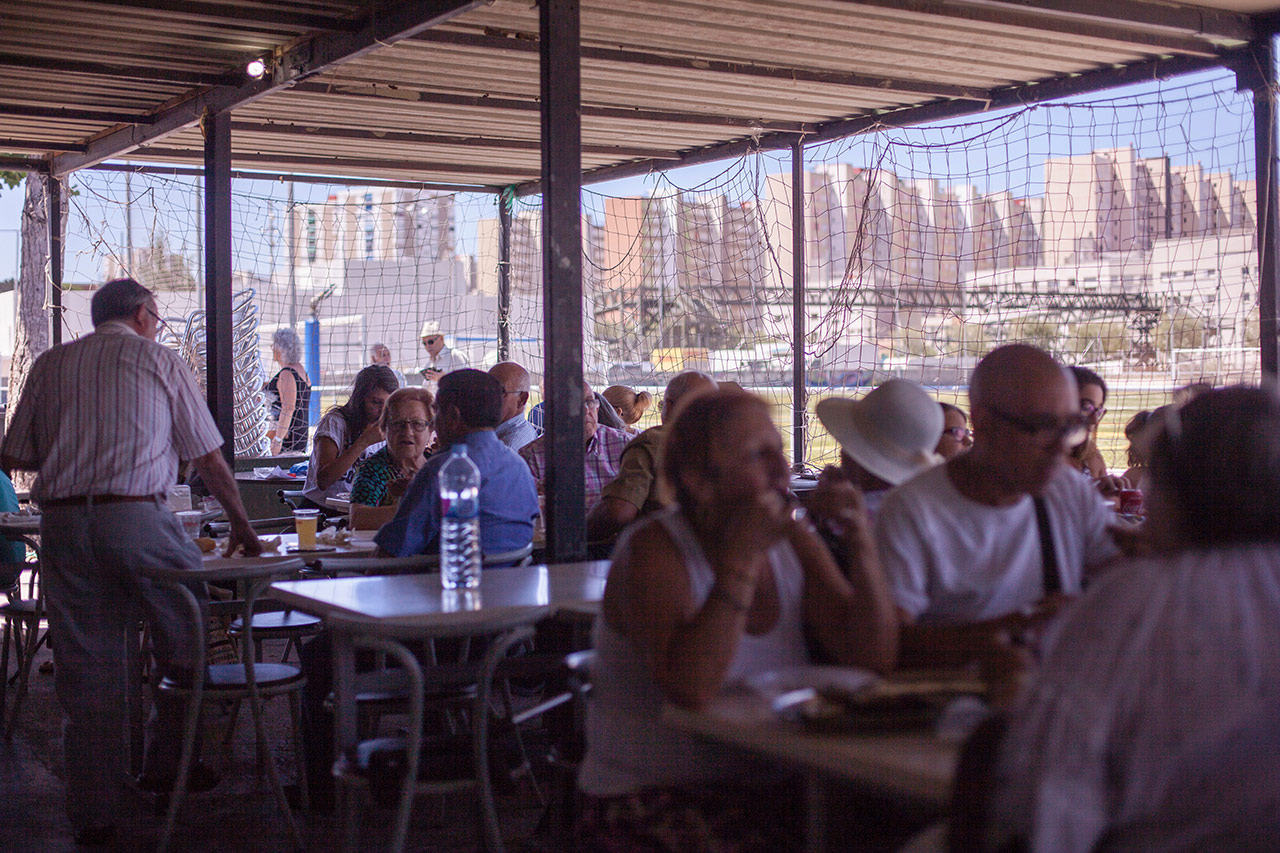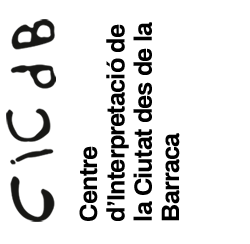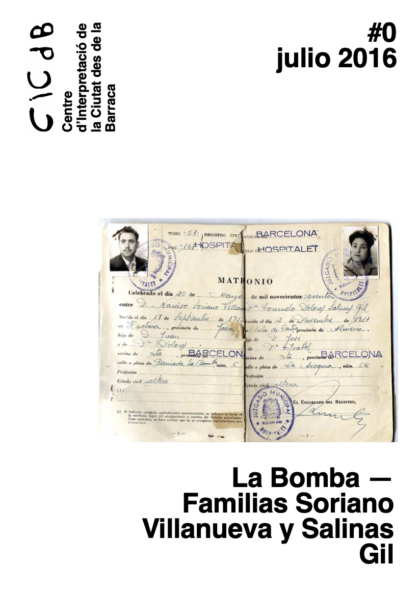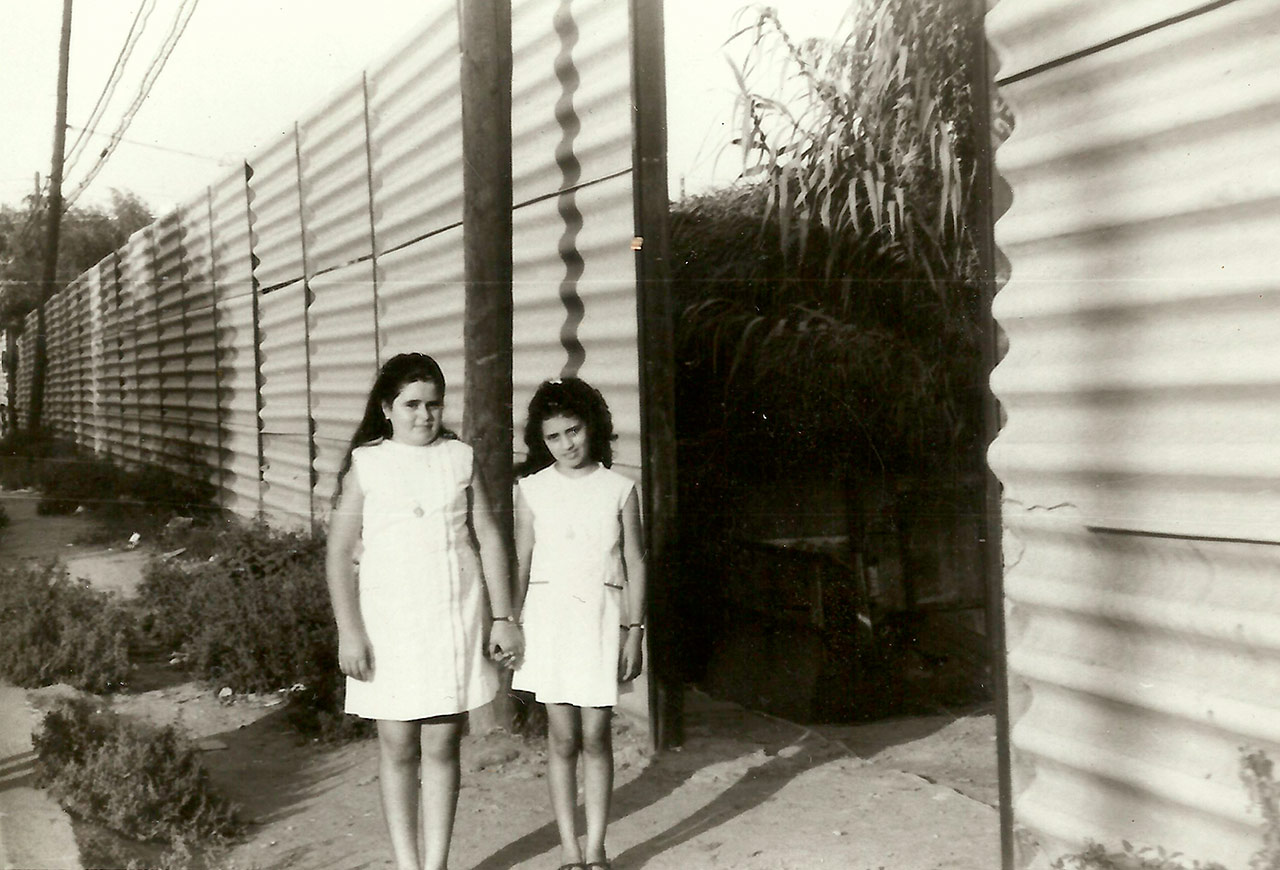
Qué es
CICdB és un seguit de processos de creació i investigació col·lectives dirigits a restituir la memòria de la ciutat informal i activar-la en el present, és a dir a la construcció de coneixement i pràctiques instituents al voltant de les manifestacions informals (passades i presents) d’allò urbà; una iniciativa que vol adoptar estratègies, maneres de fer i perspectives pròpies de la ciutat informal, de la barraca.
Els processos de treball del CICdB s’articulen al voltant del Taller d’història, un espai de participació i organització col·lectiva obert als antics veïns i veïnes dels barris de barraques de L’Hospitalet, així com a totes aquelles persones interessades.
-
Leer más
Algunes preguntes generadores d’aquests processos serien: Podem recuperar els relats i els sabers subalterns i construir-ne de nous situant-nos en els marges de la ciutat? Des de la barraca podem organitzar nous dispositius epistemològics no sotmesos als models hegemònics de producció de l’espai social?
LaFundició inicia aquest projecte a mitjans de 2015, arran de diverses accions i processos anteriors lligats a la ciutat informal i la seva memòria, així com a la reflexió sobre la pròpia idea d’institucionalitat. Aquestes experiències ens han servit per observar la correspondència entre les institucions i els dispositius que les componen, és a dir, entre les institucions i la xarxa de relacions entre discursos, maneres de fer, mesures, estris i instal·lacions que els donen forma.
LaFundició impulsa inicialment aquest projecte, obrint el seu desenvolupament a una xarxa àmplia i variable de col·laboracions amb persones, col·lectius i organitzacions diverses, entre les quals hi ha veïns i veïnes de Bellvitge i el Gornal (antics veïns i veïnes de les barriades de la Bomba, Can Pi i la Cadena a L’Hospitalet), l’arxiver amateur Jorge Blasco, el Centre d’Estudis de L’Hospitalet, la Fundació Antoni Tàpies o La Virreina Centre de la Imatge.
El 2015, CICdB va ser seleccionat com a projecte finalista al I Premi Internacional a la Innovació Cultural de CCCB. El 2018 el CICdB es ramifica en el projecte europeu Where the city loses its name amb els col·lectius Binaural/Nodar de Portugal i AltArt de Romania.
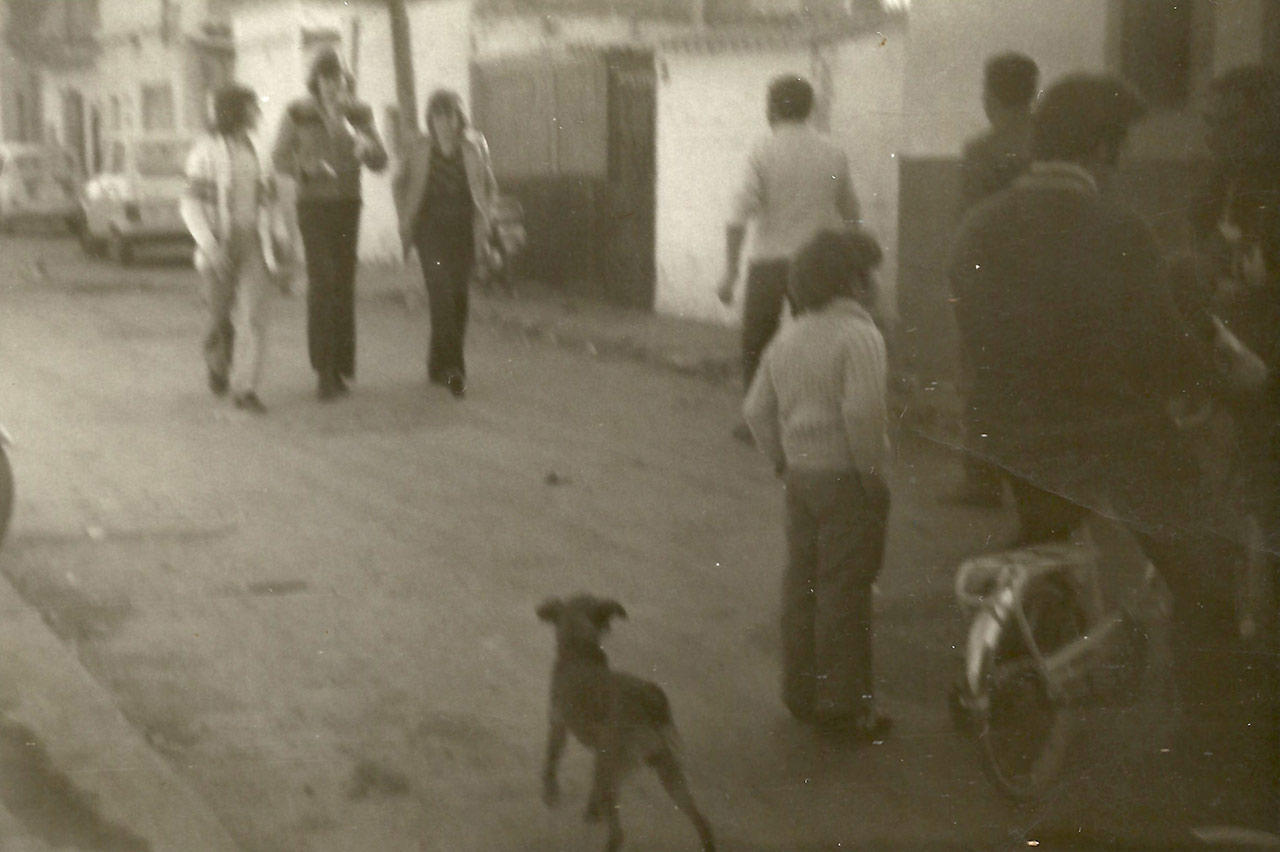
Noticias
Un año más reiniciamos el Taller de historia del CICdB en el Centre Cultural Bellvitge-Gornal. Todos los jueves de 18 a 20 h.
El Taller de historia es un espacio en el que antiguos vecinos y vecinas de los desaparecidos barrios de barracas de L’Hospitalet se encuentran para recuperar colectivamente la memoria de los lugares que habitaron. También está abierto a todas aquellas personas que quieran colaborar en esta tarea. En el taller no sólo hablamos de las historias de estas barriadas sino que es
también un lugar de encuentro y desde el que organizar acciones para difundir esta memoria: desde la Sardinada o los boletines hasta la iniciativa para un futuro monumento a los vecinos y vecinas de la Bomba.
-
Leer más
RSS Feed currently unavailable.
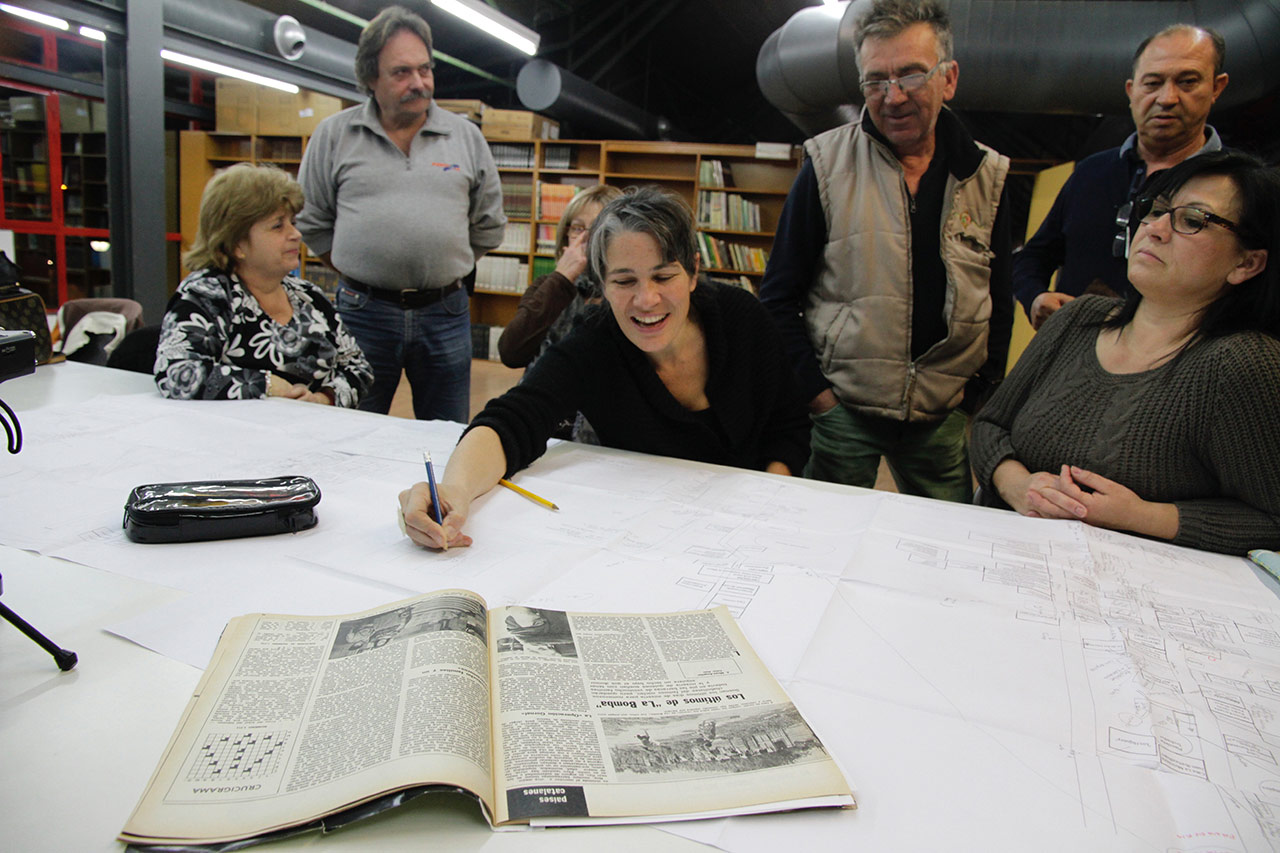
Archivo
Com organitzar un arxiu que respongui a les característiques pròpies de la ciutat informal, com pensar un arxiu des de la barraca? Si considerem que l’arxiu és un dispositiu de poder ¿és possible pensar un arxiu que no reafirmi les formes d’opressió que històricament s’han exercit mitjançant la representació sobre la ciutat informal? És possible construir un arxiu comunitari, és a dir, que serveixi a la comunitat per apropiar-se de la producció simbòlica i de sentit?
-
Leer más
Aquestes són algunes de les preguntes que han articulat el procés de projecció i creació de l’arxiu del CICdB, que fins a la data recull en format digital imatges i documents aportats antics veïns i veïnes dels barris informals de l’Hospitalet (els qui segueixen sent custodis de els documents originals). L’estructura de l’arxiu de l’CICdB va ser inicialment ideada en col·laboració amb l’arxiver amateur, escriptor i investigador independent Jorge Blasco durant l’any 2018. Per donar resposta tècnica a aquesta estructura contactar amb Luca Rullo, qui es va encarregar de crear la plataforma digital de l’arxiu.

Taller de historia
Els processos de treball de l’CICdB s’articulen al voltant del Taller d’història, un espai de participació i organització col·lectiva obert als antics veïns i veïnes dels barris de barraques de L’Hospitalet, així com a totes aquelles persones interessades en la restitució col·lectiva de la memòria dels llocs que van habitar. Al taller no només parlem de les històries d’aquestes barriades sinó que és també un espai informal de trobada (i en ocasions de retrobament), en el qual s’escolta amb atenció, es col·labora i es prenen decisions per organitzar accions amb l’objecte de difondre aquesta memòria.
-
Leer más
Aquestes dinàmiques fan emergir propostes específiques de treball que són discutides i desenvolupades de forma col·lectiva amb el suport de LaFundició. Des de la seva posada en marxa el 2015, el Taller d’història del CICdB ha donat peu als següents projectes i línies de treball:
- Arxiu: Un arxiu pensat com a dispositiu dialògic i performatiu que funcioni sota lògiques i maneres d’arxivar informals.
- Rromano kidipen: Rromano kidipen pot traduir-se del romanó com “trobada cultural gitana”, una trobada en què conversar i compartir memòries i sabers vinculats a la comunitat gitana de La Cadena, un dels desapareguts assentaments informals de L’Hospitalet.
- Rutes: Des de l’inici del projecte CICdB s’han organitzat diverses rutes pels terrenys que ocupa l’actual Districte Econòmic de L’Hospitalet, en els quals se situaven els barris de La Bomba i La Cadena. Les rutes connecten el passat del territori amb el seu present, vinculant la memòria amb una genealogia del paisatge actual.
- Futur monument als veïns i veïnes de La Bomba: Projecte per a la instal·lació d’una bomba d’aigua en el lloc en què es trobava l’entrada al desaparegut barri de La Bomba, on actualment es troba el centre comercial Gran Via 2. El caràcter quotidià i funcional de la intervenció vol convidar a la reflexió sobre la relació entre memòria i monumentalitat.
- Butlletins del CICdB: Publicacions en format diari que recullen la història dels desapareguts barris de barraques escrites pels seus protagonistes.
- La Sardinada: Trobada d’antics veïns i veïnes de La Bomba, Can Pi, La Cadena i La Sangonera. Durant la trobada es mostren els progressos del Taller d’història i es desenvolupen diferents iniciatives per aprofundir i ampliar les seves línies de treball: mapejat, arxiu, entrevistes, etc.
- Barraca: Un espai comunitari dedicat a entendre i practicar la ciutat des de la informalitat. Un laboratori arquitectònic i urbanístic en el qual experimentar amb les pràctiques constructives i les maneres informals de fer ciutat, especialment amb la possibilitat de decidir autònomament sobre el propi entorn construït i modificar-lo en base a les pròpies necessitats de les comunitats.
- Exposició CICdB: Can Pi, La Bomba, La Cadena, La Sangonera: Exposició inaugurada el 2018 al Museu de L’Hospitalet que mostrava els processos de treball col·lectiu desenvolupats durant tres anys i mig en el projecte CICdB. L’exposició es va acompanyar d’una programació de xerrades i activitats paral·leles amb l’objecte d’estendre els debats llançats des del projecte CICdB.
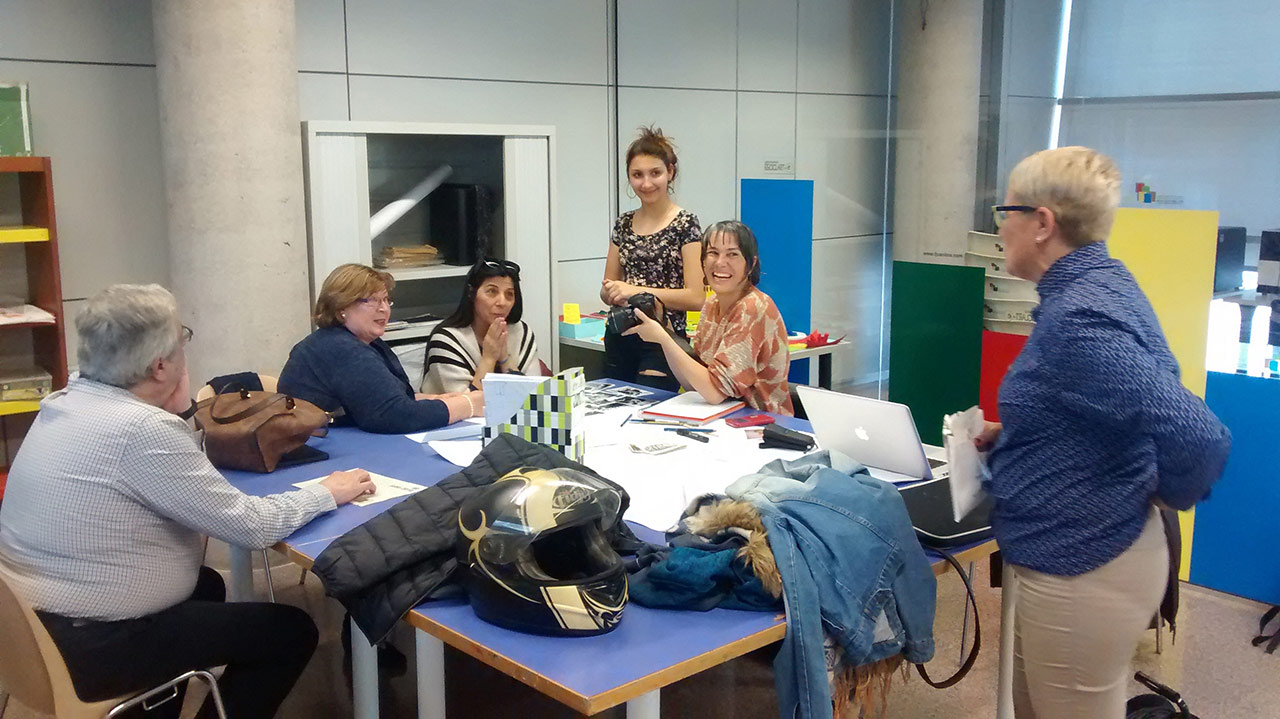
Boletines
Els butlletins del CICdB són publicacions en format diari que recullen la història dels desapareguts barris de barraques escrites pels seus protagonistes.
-
Llegir més
# 0 La Bomba - Famílies Soriano Villanueva i Salines Gil
Retrato —hecho a través de textos, imágenes y documentos— de las familias Soriano Villanueva y Salinas Gil, explicada por Narciso Soriano Salinas, descendiente de ambas familias y que vivió su infancia en el barrio de La Bomba.

Barraca
L’arquitectura i l’urbanisme dels assentaments informals de barraques es caracteritza per una precarietat que no garanteix unes condicions d’habitabilitat òptima. No obstant això, també podem trobar a les pràctiques constructives i les maneres informals de fer ciutat virtuts de les que manca la ciutat planificada, especialment la possibilitat de decidir autònomament sobre el propi entorn construït i modificar-lo en base a les pròpies necessitats de les comunitats.
-
Llegir més
Fonamentació
La futura seu del CICdB es planteja com un demostrador de tecnologies arquitectòniques i urbanístiques (en els plànols constructiu, normatiu i de programa arquitectònic) que explora i desenvolupa les potències de la informalitat en la construcció de l’espai i en l’exercici ciutadà del dret a la ciutat.
En aquest sentit, la futura seu del CICdB explorarà i actualitzarà les virtuds constructives i socials de la ciutat informal, defugint els dèficits d’habilitats sovint associats a l’autoconstrucció:- Adaptabilitat: La capacitat d’adaptar l’espai construït a l’evolució de necessitats canviants en els seus usos i programes, fent ús de tècniques constructives “toves” i reversibles.
- Sostenibilitat i economia: La reutilització de materials i l’ús de tècniques constructives simples redueix el cost mediambiental i econòmic de l’edificació.
- Democratització i comunitat: La participació directa en el disseny i construcció de l’espai enforteix el vincles comunitaris i obre un espai democràtic de presa de decisions sobre les condicions materials d’existència de les comunitats.
Programa
La principal característica del programa de la seu del CICdB serà la interrelació de les diverses línies de treball del CICdB i haurà de complir dues tasques programàtiques fonamentals:- Seu de l’arxiu comunitari del CICdB: L’arxiu del CICdB tindrà un espai físic per tal de conservar i difondre formes de fer ciutat vinculades a la història de les barriades informals. Alhora, la seu de l’arxiu aglutina els diferents arxius domèstics d’antics veïns i veïnes del barris de barraques (que actuaran com a “conservadors domèstics” de l’arxiu comunitari). Parlem d’una arxiu comunitari en tant que, a banda de la conservació del fons documental, l’arxiu tindrà la principal tasca de parar atenció i restituir els vincles comunitaris i la producció de coneixement i relacions.
- Espai social, cultural i de pensament a l’entorn de la ciutat (des de la barraca):
- a. Espai social i cultural: La seu del CICdB serà en gran mesura un espai social i cultural gestionat pels veïns i veïnes dels antics barris de barraques amb el suport de LaFundició, obert a la comunitat i les seves necessitats d’espais de relació, adreçat a la restitució de la memòria dels barraquistes però també a la producció de pràctiques i de pensament contemporani a l’entorn de la ciutat mitjançant processos de recerca, treball i activitats públiques.
- b. Espai públic: Aquest programa inclou no només el propi edifici sinó el seu entorn, concebut com un espai públic al que es podran desenvolupar diverses
activitats com ara l’actualització de pràctiques característiques de les barraques com els horts urbans, els jardins veïnals i altres activitats de lleure a l’aire lliure. - c. Cuina: L’espai construït de la seu tindrà la cuina com a espai central que articuli la vida social de l’edifici, posant el treball de cures al centre de la vida comunitària i actualitzant la no segregació dels espais domèstics a l’interior de les barraques.
d. Centre de documentació: La seu comptarà amb un centre de documentació/biblioteca sobre la ciutat informal, que aplegarà publicacions i documents relacionats amb les diverses manifestacions de la ciutat informal arreu del món.

Where the city loses its name
¿Qué sentido tiene hablar de la memoria de los barrios de barracas (de la ciudad informal)?¿De qué manera son los barrios de barracas parte del patrimonio europeo y de la ciudad?¿Cómo pensar un patrimonio del que no quedan restos materiales?¿Qué podemos aprender de las barracas para entender mejor la ciudad contemporánea?
Estas son algunas de las preguntas que atraviesan where the city loses its name, un proyecto en el que participan tres socios europeos: LaFundició (L’Hospitalet), AltArt (Cluj, Rumanía) y Binaural/Nodar (Nodar, Portugal), que desarrollan procesos de
trabajo entorno al pasado y el presente de la ciudad informal para analizar las manifestaciones actuales de “lo urbano” y pensar su futuro.
-
Leer más
Podemos entender la ciudad como un palimpsesto en cuya superficie se aprecian las marcas de incontables acciones humanas (y no humanas) a lo largo de la historia y en el que se acumulan y entrecruzan múltiples estratos lentamente sedimentados
durante siglos.En las últimas décadas, las ciudades europeas han sufrido profundas transformaciones que responden en muchos casos a las
necesidades espaciales del capitalismo global: la terciarización, la construcción de grandes infraestructuras logísticas, la turistificación o la gentrificación de sus centros históricos son algunos ejemplos.Los barrios de barracas, así como sus habitantes, no ocupan en muchas ocasiones más que una nota a pie de página en la
historia de las ciudades (cuando no son completamente ignorados). Sin embargo lo informal, en sus múltiples manifestaciones, no sólo ha jugado y juega un papel fundamental en el devenir de la ciudad, sino que también puede ofrecernos claves para imaginar una ciudad otra:
Frente al gobierno empresarializado de la ciudad y su mercantilización (como inversión, marca o producto a consumir) ¿pueden ser los barrios de barracas y sus formas autorganizadas de habitar y hacer ciudad una referencia para construir alternativas? Las tramas comunitarias de las barracas ¿pueden servirnos para construir alternativas a una sociedad en la que cada
individuo se piensa a si mismo como si no fuera dependiente del resto?Por último también cabe hacer memoria de las luchas de los habitantes de la ciudad informal (alejándonos de los relatos que
los representan únicamente como víctimas sin agencia) y denunciar las formas de exclusión material, y también simbólica, a
las que históricamente se han enfrentado.
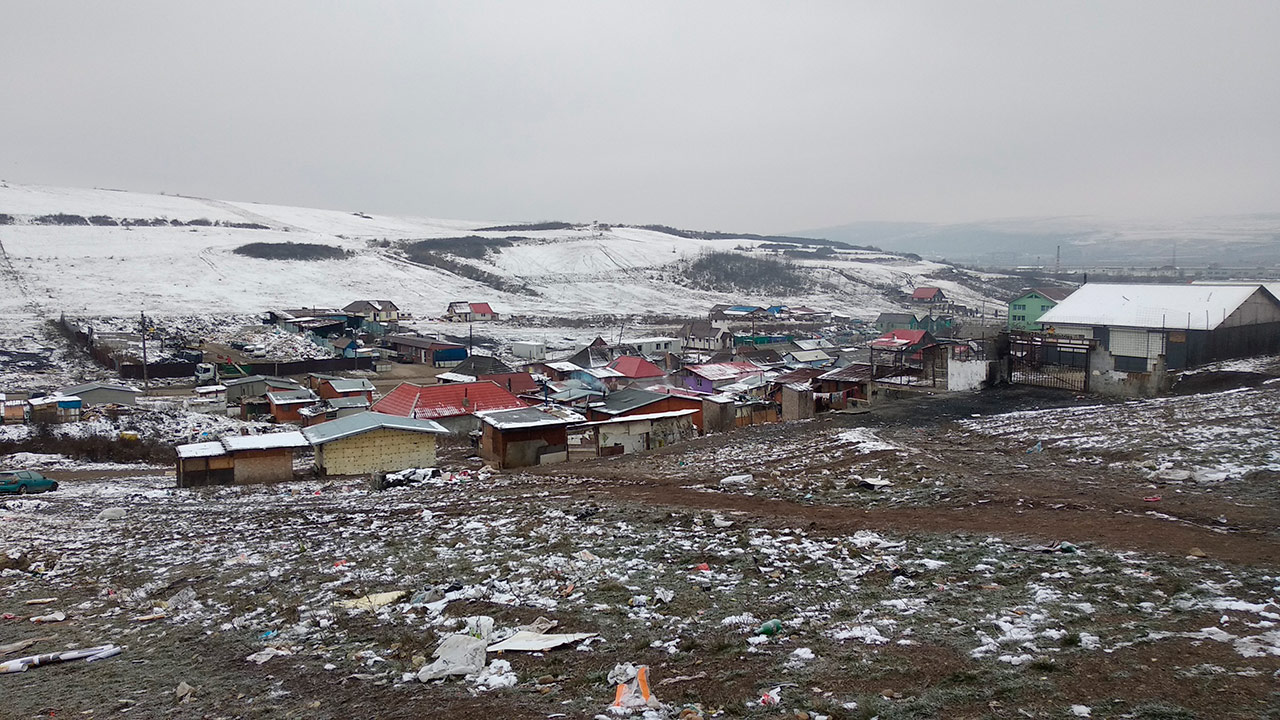
La Sardinada
La Sardinada es un evento anual impulsado y organizado desde el Taller de Historia del CICdB en el que se invita a antiguos vecinos y vecinas de las barriadas de Can Pi, La Bomba, La Cadena y La Sangonera a reencontrarse para comer, beber, conversar y recordar juntxs, pero también un espacio en el que dar continuidad al trabajo desarrollado desde el propio taller.
-
Llegir més
En las ediciones organizadas hasta la fecha se ha mostrado y ampliado el archivo del CICdB; se han presentado y distribuido los diferentes números de los boletines del CICdB; se ha ampliado el mapa de La Bomba; y se han realizado diferentes programas de radio en la calle. Además, en cada ocasión se presentan las nuevas iniciativas del CICdB como la exposición sobre los barrios de barracas de Gran Via Sud en el Museu d’Història de L’Hospitalet; el proyecto para la futura instalación de una bomba de agua (funcional) en la Gran Via como monumento a los y las habitantes de La Bomba o el proyecto de autoconstrucción de la barraca, futura sede del CICdB.
